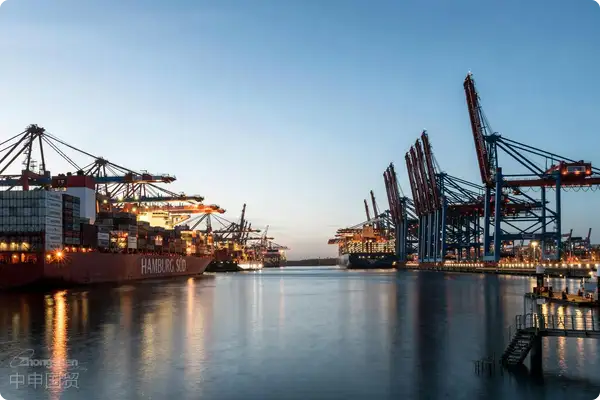- Shanghai Zhongshen International Trade Co., Ltd. - Two decades of trade agency expertise.
- Service Hotline: 139 1787 2118

Contents
ToggleEnvironmental ProtectionEquipment ImportsThree Core Challenges
The latest statistics for 2025 show that China's imports of environmental protection equipment exceeded $32 billion, covering 12 major categories including water treatment equipment and air purification devices. Importing companies generally face the following key issues:
- Commodity classification disputes:The HS code discrepancy rate for identical equipment across different ports can be as high as 27%.
- Technical standard conflicts:The issue of insufficient alignment between EU CE certification and domestic energy efficiency standards is prominent.
- Documentation timeliness risk:The average processing time for import licenses has increased by 15 working days compared to 2020.
Key Node Analysis of the Entire Import Process
Taking the import of typical sewage treatment equipment as an example, the complete process consists of 8 stages:
- Pre - classification stage
- Collection of equipment technical parameters (flow rate, treatment process, etc.)
- Referencing the 2025 edition of the "import and exportThe Customs Tariff determines the declaration elements.
- Approval phase for access
- Filing for Imported Used Mechanical and Electrical Products (Application must be submitted 90 days in advance)
- 3CApplication for Certification Exemption (for Non-Commercial Equipment)
- On-site customs clearance phase
- Wooden packaging quarantine treatment (focus on IPPC marking)
- Electromechanical safety project inspection (on-site pass rate only 68%)
Evaluation of 7 Core Competencies for Professional Agents
- Accuracy rate of preliminary commodity classification: Request to provide the declaration records of similar equipment in the past three years.
- Localized service network: Key ports must be equipped with a resident customs declaration team.
- Technical document processing capability: Capable of independently completing the conversion of technical parameters between Chinese and English.
- Emergency response experience: The processing period for import return cases should be controlled within 45 days.
- Level of tax planning: Reasonably utilize the preferential tariff rates under free trade agreements (up to a 15% reduction).
- Customs system integration: Supports direct data connection with the Customs Single Window
- Industry Compliance Database: Real-time Updates on the Import Restriction List for Environmental Protection Equipment
Practical Case: Analysis of Customs Clearance Obstruction for a German Company's Air Purification Equipment
In March 2025, a Suzhou-based company encountered a classification dispute over the import of an industrial-grade air purification system valued at 1.2 million euros:
- Key issues in dispute:Does the built-in sensor of the equipment constitute an independent functional unit?
- Solution:The agent provided the original German design drawings, successfully proving that the sensor was merely an auxiliary component.
- Comparison of Results:After the classification correction, the tariff difference amounted to 87,000 yuan, and the late declaration fee was reduced by 23,000 yuan.
Optimization Strategy for Import Cost Structure
- Basic cost control:The agency service fee should be controlled within the range of 0.6% to 1.2% of the cargo value.
- Hidden cost avoidance:
- Container Demurrage Fee (Port Policy Differences Reach 300 Yuan/Day)
- Technical rectification costs (it is recommended to reserve 3% of the cargo value as an emergency budget)
- Tax Incentive Policies:
- Catalog of Major Technical Equipment for Import (Eligible for Tariff Reduction or Exemption)
- Tax Exemption Policy for Science and Education Supplies (Applicable to R&D Equipment)
Choose professionalImport RepresentationWhen selecting a supplier, it is recommended to focus on evaluating the scale of their industry case database (preferably no fewer than 50 successful cases), the stability of their customs affairs team (core members should have over 5 years of experience), and their capability in providing systematic solutions. A high-quality agent can improve customs clearance efficiency by 40% and reduce overall costs by 12%-18%.
Related Recommendations
? 2025. All Rights Reserved. Shanghai ICP No. 2023007705-2  PSB Record: Shanghai No.31011502009912
PSB Record: Shanghai No.31011502009912










